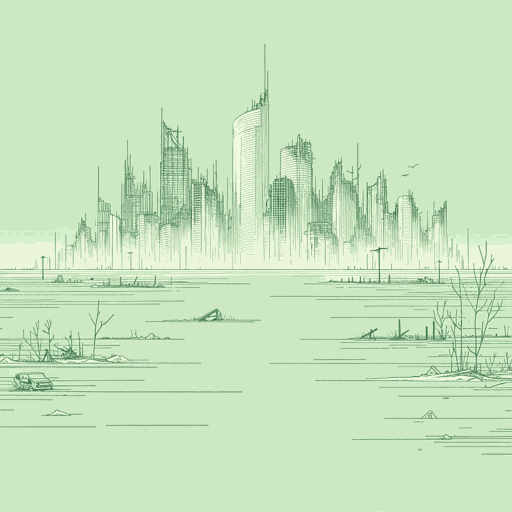52 pages • 1 hour read
Alan WeismanThe World Without Us
Nonfiction | Book | Adult | Published in 2007A modern alternative to SparkNotes and CliffsNotes, SuperSummary offers high-quality Study Guides with detailed chapter summaries and analysis of major themes, characters, and more.
Part 4-CodaChapter Summaries & Analyses
Part 4, Chapter 17 Summary: “Where Do We Go From Here?”
If humans suddenly disappeared, most animals wouldn’t miss us: “Mainly, we’d be mourned by creatures who literally can’t live without us because they’ve evolved to live on us: […] head and body lice” (235). Weisman contemplates what would happen to previously interred human remains if living humans vanished. Despite religious texts about “dust returning to dust,” the modern funeral industry seeks to preserve remains through embalming, which has only a very short-term impact, and sealing the body in a wood or metal coffin buried in the ground inside a concrete liner. Lately, the latter are being replaced by bronze structures that are so airtight they float in water. Ironically, these efforts at preservation will most likely prevent the corpses of modern people from being naturally mummified by desert desiccation or freezing in permafrost: “[W]e deny ourselves and our loved ones the opportunity of a true lasting memorial—fossilhood—with extravagant protections that, in the end, only protect the Earth from being tainted by us” (238).
Weisman goes on to discuss various scenarios of sudden human extinction, including viral pandemic, bioterrorism, and novel technologies (nanotechnology, artificial intelligence, high-energy particle accelerators) gone awry. Les Knight, founder of the Voluntary Human Extinction Movement (VHEMT), believes that human extinction is most likely to come slowly and agonizingly through resource scarcity (and resulting conflicts) stemming from environmental devastation.

